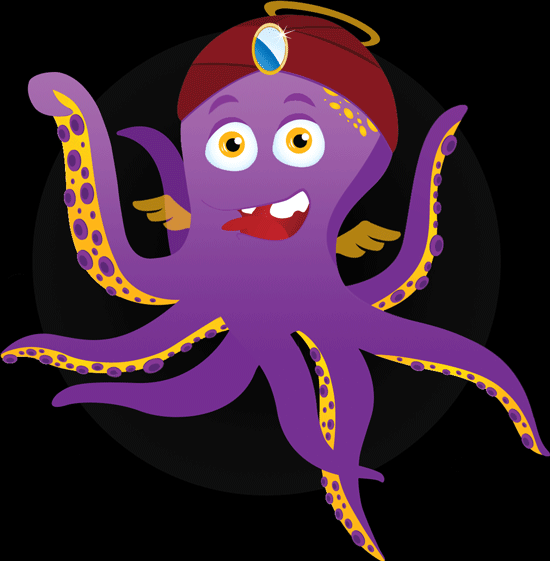Tarot vs. Runes: Which Fortune-Telling Method is Best?
Tarot cards and runes are two popular tools used for fortune-telling and divination practices. While both have been around for centuries and share some similarities in their purposes, they have distinct differences in terms of their origin, symbolism, and interpretation. In this article, we will explore the differences between tarot and runes to help you decide which fortune-telling method may be best for you.
Tarot Cards:
Tarot cards are a deck of 78 cards that are divided into two main categories: the Major Arcana and the Minor Arcana. The Major Arcana consists of 22 cards that represent significant life events and spiritual lessons, while the Minor Arcana consists of 56 cards that represent everyday situations and experiences. Each card in the deck is rich in symbolism and imagery, making them versatile tools for divination and self-reflection.
Tarot readings often involve shuffling the cards and laying them out in a specific pattern, known as a spread. The reader then interprets the cards based on their positions in the spread and the traditional meanings associated with each card. Tarot readings can provide insights into past, present, and future events, as well as guidance on how to navigate challenges and make decisions in life.
Runes:
Runes are an ancient alphabet used by various Germanic and Nordic peoples in the early Middle Ages. The runic alphabet, known as the Futhark, consists of 24 characters, each with its own symbolic meaning. Runes were originally used for writing, but over time, they became associated with divination and magic.
In runic divination, stones or wooden pieces inscribed with runic symbols are typically used. The reader selects a set of runes and interprets their meanings based on the symbols and their positions in the casting. Like tarot cards, runes can offer insights into different aspects of life and provide guidance on decision-making and problem-solving.
Differences Between Tarot and Runes:
1. Symbolism: Tarot cards are rich in symbolic imagery, with each card representing specific archetypes, themes, and concepts. Runes, on the other hand, have simpler and more abstract symbols that convey elemental meanings such as strength, change, or protection.
2. Interpretation: Tarot readings often involve complex spreads and multiple cards, allowing for detailed and nuanced interpretations. Runes are typically cast in a smaller set, making their readings more straightforward and direct.
3. Tradition: Tarot has a long history rooted in Western mysticism and esoteric traditions, while runes have origins in ancient Germanic and Nordic cultures. The cultural and historical backgrounds of these tools can influence their interpretations and meanings.
Which Fortune-Telling Method is Best?
The choice between tarot and runes ultimately comes down to personal preference and what resonates with you. Tarot cards are well-suited for those who enjoy working with intricate symbolism and exploring the depths of the human psyche. Runes, on the other hand, may appeal to individuals drawn to the simplicity and directness of their symbols.
Both tarot and runes can be valuable tools for self-discovery, reflection, and guidance. Whether you choose to work with tarot cards or runes, remember that the power of divination lies within you, and these tools are simply ways to tap into your intuition and inner wisdom.
There is no definitive answer to which fortune-telling method is best as it ultimately depends on your personal preferences and beliefs. Experiment with both tarot and runes to see which resonates with you the most, and trust your intuition to guide you in your divination practice.
